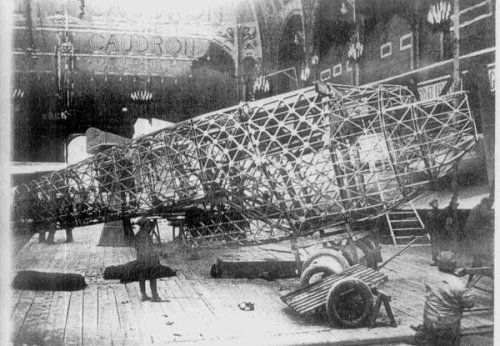- Joined
- 11 March 2006
- Messages
- 8,624
- Reaction score
- 3,792
In an issue of Icare, I think from 1979, I found this photo of an unfinished
fuselage, shown at an exhibition. I would call this a geodesic structure,
invented, or at least first used in aircraft design, by Barnes Wallis in 1932.
But the photo shows a Latécoère aircraft ! I still couldn't identify the type,
maybe it's a Laté XIV (first type with this designation), but it probably is a
pre-1932 design.
So, is it geodesic or not ? And if so, what's about Barnes Wallis ? ???
fuselage, shown at an exhibition. I would call this a geodesic structure,
invented, or at least first used in aircraft design, by Barnes Wallis in 1932.
But the photo shows a Latécoère aircraft ! I still couldn't identify the type,
maybe it's a Laté XIV (first type with this designation), but it probably is a
pre-1932 design.
So, is it geodesic or not ? And if so, what's about Barnes Wallis ? ???



